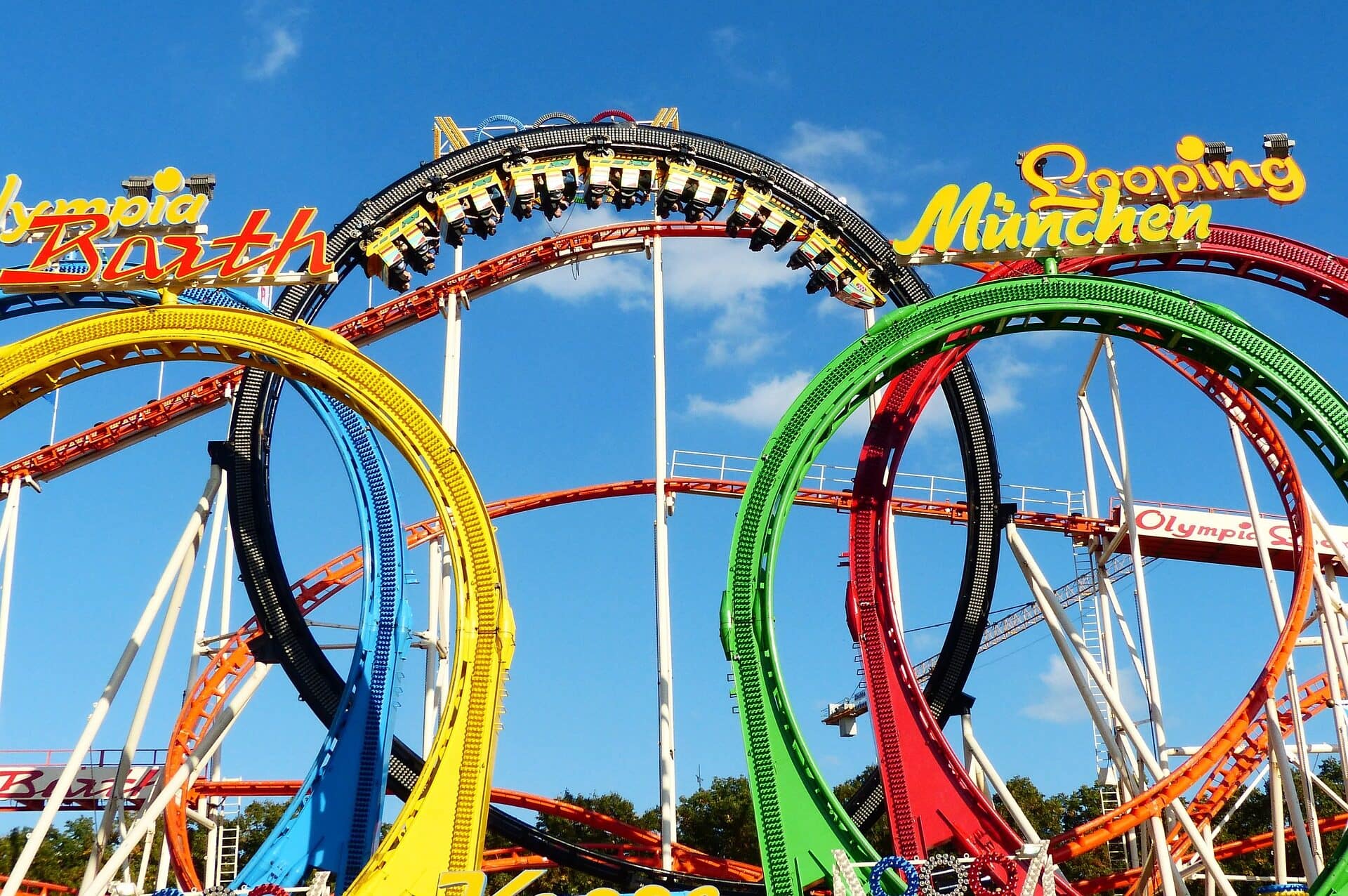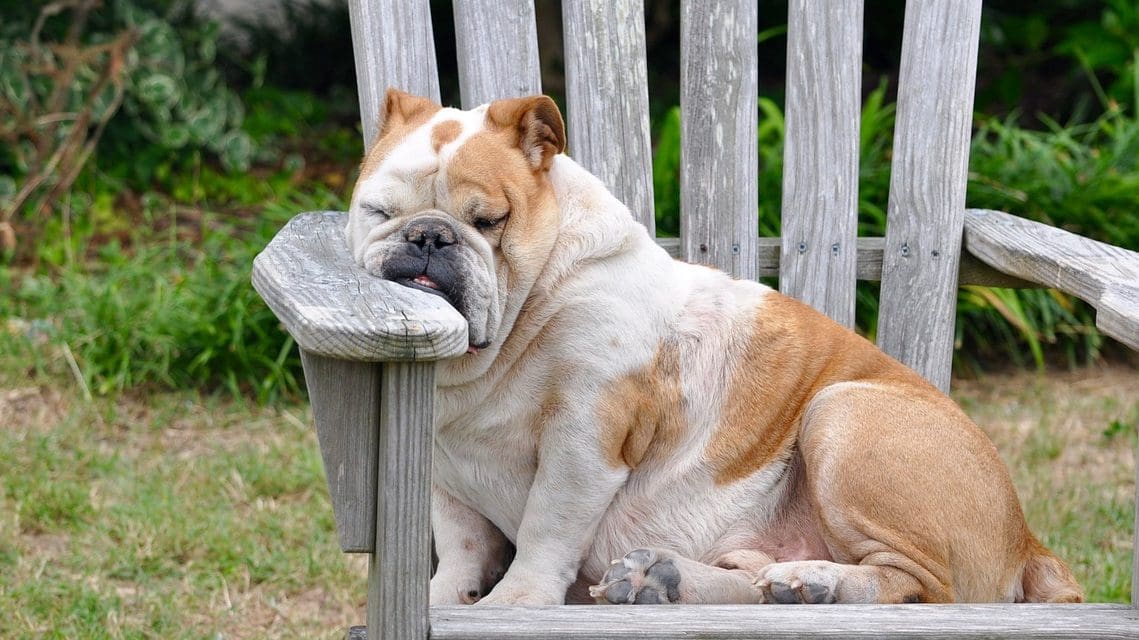The trick to picking up new habits and stopping bad ones starts with learning what habits do to your brain! It turns out that habits aren’t just something we do—they actually change our brains.
Fortunately, we can use this knowledge to master our habits to make them work to our advantage! Maybe you want to make a habit of going to the gym, calling your grandma, or just taking time to read. All of these are great habits, but how do you even begin to add them to your routine? Knowing a little bit about how your brain works can help you reach your goals.
It’s a simple process really. But once you know what a habit loop looks like you’ll be able to pick up better habits!

Let’s start simple: what is a habit?
A habit is a behavior that has become almost involuntary. Essentially, it’s a habit if you don’t have to think about it to do it. The turns for your daily commute, your morning routine, your nervous ticks: these are all things you do pretty much without thinking.
What’s incredible about habits, and can make them difficult to break, is that they actually rewire our brains.
When we are trying to break an old habit or start a new one, we are actually changing where and how that behavior is processed in our brains!
So, how do we learn to master our habits? Well, we have this great video from the remarkable people over at It’s Okay To Be Smart to get us started!
If you aren’t already familiar with the work of It’s Okay To Be Smart, go check out their YouTube channel. They have some of the most informative videos out there spanning every science topic imaginable. We can’t say enough about how great they are!
The Habit Loop
As we now know, a habit is a loop of cue, routine, reward.
These steps seem simple enough. Yet, once we start to break them down, we get a better understanding of how we can use them to trick our brains. A great example for tricking our brains comes from the book Joe mentioned, The power of habit: Why we do what we do in life and in business, by Charles Duhil. To highly paraphrase the example:
Say you want to stop your habit of going down to the cafeteria in the middle of the afternoon to grab a cookie. First, you have to understand what your cue is. Maybe it’s just the slump that comes at about 3:00 each day. Now you take a look at your routine. Every day you head out to grab a cookie, maybe talking a bit with the people in the cafeteria as you eat it, and then going back to work.
Here’s where things get a little tricky.
You may think that the reward you are getting that will satisfy your cookie habit is replacing your cookie with, say, an apple. You go down, grab the apple, and go straight back to your desk, no chatting. Then, you notice you still want a cookie. Maybe then, the reward you want is not a snack but something else. The next day, you skip going to the cafeteria to go get a cookie or an apple. Instead, you go talk to a coworker for a few minutes. You come back to your desk feeling energized and find you no longer want to go grab a cookie. You have just discovered your reward is not the cookie but the social time!
Now, to rid yourself of your bad cookie-eating habit, you can replace it with taking a couple of minutes when the afternoon slump hits to find a coworker to talk with. 2
4 Strategies to Stop Procrastinating and Start Living
Are you a master procrastinator? As Tim Urban explains, chronic procrastinators have three main characters at play in our brains: the Rational-Decision Maker, the Instant-Gratification Monkey, and the Panic Monster! So how can we keep the monkey at bay to stop procrastinating and start living?
Read Article Watch Video Listen to PodcastExperiment a little!
If there’s a habit you’re struggling with—maybe getting to the gym, or eating more meals at home—try looking at your existing habit loops and experimenting. This way you’ll find what your actual cues and rewards are so you can start to tackle the behavior.
With my own bad nail-biting habit, I found that sustained concentration, not anxiety or nerves as many people kept telling me, was a cue for the behavior. Driving in the car for a long stretch, paying attention to a movie, book reading, or brainstorming all set me off. For a while, I chewed gum in these circumstances until my habit was no longer. I would have never been able to change my habit had I not been proactive in finding out what my cue was and disrupting my habitual behavior.
Knowing how habits work in the brain won’t turn you into a book reading, gym-going, healthy eater who calls their mother every day overnight. But starting with small habits and reaching small, attainable goals can put you on the right track to larger habit changes. Now, you are armed with the knowledge to actually tackle your habit goals!
As the thought leader Seth Godin recently pointed out in one of his daily blog posts (they are awesome, do consider subscribing for a little bit of incredible insight every day!),
“If you can replace a bad habit with a good one, you’ll live with the benefits for decades.
The challenge is to set up systems that are likely to create habits, not sprints that lead to failure.” 3
Where to go next!
If you want to dive in deeper to the subject of habit formation I highly suggest you check out The power of habit: Why we do what we do in life and in business. I read it as a part of developing my habit of reading. It’s an incredible book! It has tons of really practical examples for your daily life on how you can build the framework to develop great habits! It’s definitely on my list of the top 10 best books I’ve read and cannot recommend it enough!
Want to make reading a habit in your life? Check out this wonderful piece Samantha wrote about starting a reading habit. It’s not as impossible as it may seem!
The Simple Secrets to Finding Time to Read More!
Here’s an awesome little video that gives us a few — surprisingly simple — tips on how (and why) reading more books can change the future for each of us!
Read Article Watch Video Listen to PodcastStay beautiful & keep laughing!
-Liesl

Don’t miss out on a single article!
Enjoy unlimited access to over 500 articles & podcast that give you a positive perspective on the state of the world and show you practical ways you can help.
Notes:
- It’s Okay To Be Smart. “How Habits Change Your Brain.” YouTube, It’s Okay To Be Smart, 28 Aug. 2018, www.youtube.com/watch?v=vN1aRN5bQQ0. Accessed 19 Aug. 2019. ↩
- Duhigg, Charles. The Power of Habit: Why We Do What We Do in Life and Business. Random House Trade Paperbacks, 2014. ↩
- Godin, Seth. “Make a Habit/Break a Habit.” Seth’s Blog, 19 Aug. 2019, seths.blog/2019/08/make-a-habit-vs-break-a-habit/. Accessed 20 Aug. 2019. ↩








